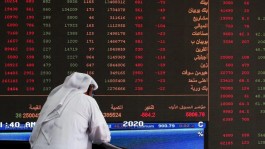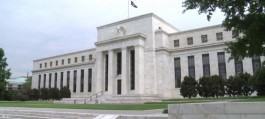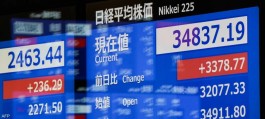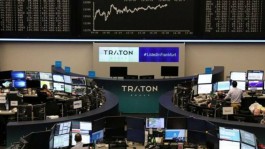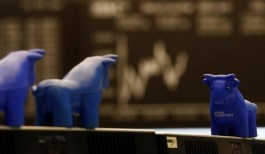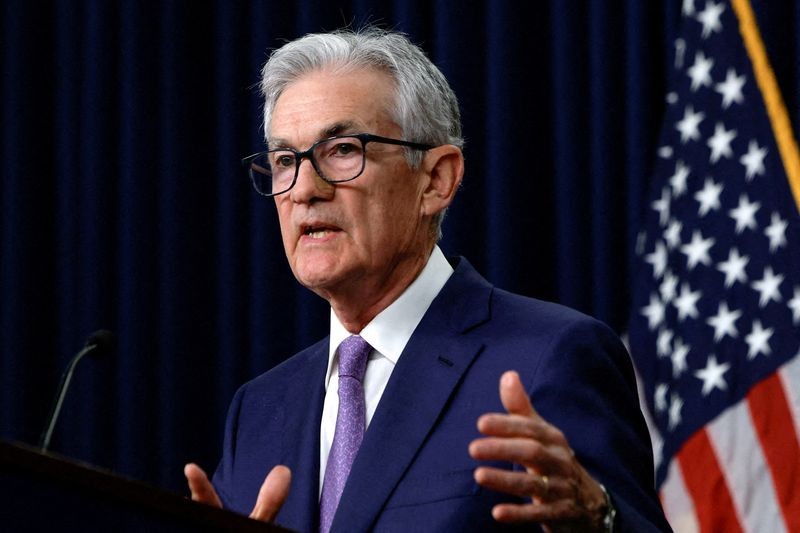Federal Reserve Chairman Jerome Powell said last week that policymakers are closely monitoring housing inflation, which has not yet fully returned to normal and could take more than a year to do so, according to new data from the Fed.
On the other hand, the US labor market is still adding inflationary pressures, albeit to a lesser extent than in 2022 and 2023, according to research also published by the US Federal Reserve.
housing inflation
It could take until mid-2026 for rent inflation in the CPI to fall back to its pre-pandemic levels, according to a study by the Federal Reserve Bank of Cleveland. And while many indicators suggest that new rents in particular are starting to decline, fewer people are moving in and signing new leases, making the sample used to calculate the CPI underrepresented, the researchers said.
Housing is the largest category in the CPI, accounting for more than half of October’s monthly gain. If the index stays elevated for a year and a half, as the Cleveland Fed expects, it will pose a challenge for policymakers who have been using progress in lowering inflation as a key argument for cutting interest rates.
“Apparent price inflation, even if it’s driven by lagging data like rents, makes it harder to cut rates,” said Umair Sharif, president of Inflation Insights LLC. “We’ve already seen one Fed member dissent from a rate cut, and I think with CPI inflation rising, there could be more dissent.”
Sherif was referring to Michelle Bowman, who voted against a half-point rate cut in September in favor of a smaller cut, a rare dissent from a Fed member. Although policymakers unanimously agreed to cut rates by a quarter-point this month, the outlook for December and beyond remains unclear.
Speaking at an event in Dallas last week, Powell said the strength of the U.S. economy gives officials room to cautiously lower borrowing costs. He added that it would be prudent to move slowly toward rate cuts if economic data warranted.
The Fed targets inflation based on a separate measure, the personal consumption expenditures (PCE), which does not give the same weight to housing, bringing it closer to the Fed’s 2% target. But the PCE is based on the CPI in calculating its housing measure, so a delay could affect both measures.
“If it goes higher and goes above 3%, that would complicate things significantly,” said Michael Feroli, chief U.S. economist at JPMorgan Chase & Co.
Feroli was referring to the core personal consumption expenditures index, which excludes food and energy, which rose 2.7% in the year through September. Economists expect it to rise to 2.8% when October data is released later this month.
The CPI is designed to measure inflation for the average consumer, taking into account rent increases for all renters, whether they renew existing leases or sign new ones. While current metrics from companies like Zillow Group Inc. and Apartment List suggest that rent growth has slowed or even declined in recent months, the CPI follows these trends with a lag.
Labor market exacerbates inflationary pressures
On the other hand, the U.S. labor market is still adding inflationary pressures, albeit to a lesser extent than in 2022 and 2023, according to research published Monday by the Federal Reserve Bank of San Francisco.
“The decline in excess demand for labor has contributed to a reduction in inflation of about three-quarters of a percentage point over the past two years,” San Francisco Fed economists Regis Barnishon and Adam Hale-Shapiro wrote in the Fed’s latest economic statement. “However, high demand continues to contribute 0.3 to 0.4 percentage points to inflation through September 2024,” they added.
This finding, based on an analysis of the relationship between inflation and the strength of the labor market as measured by the ratio of job openings to job seekers, could help Federal Reserve policymakers assess how much and how quickly they need to lower short-term borrowing costs.
The Federal Reserve began cutting its monetary policy rate in September in response to slowing inflation and a cooling labor market. After a second cut earlier this month, the rate is now in a range of 4.50% to 4.75%. U.S. central bankers believe that level is high enough to constrain the economy, but there is widespread internal disagreement over how much of a slashing effect it will have, and therefore the timing and size of any further cuts.
Federal Reserve Chairman Jerome Powell, who has been closely monitoring the sharp decline in the ratio of job openings to job seekers, has said he believes demand for labor is close to balancing supply and that the labor market is no longer a major source of inflationary pressures.
San Francisco Fed research suggests the labor market remains a source of inflation, which Powell estimates was 2.3% in October under the Fed’s target measure and 2.8% under a measure that excludes food and energy, which is used to gauge underlying inflation pressures. The Fed aims for 2% inflation.











